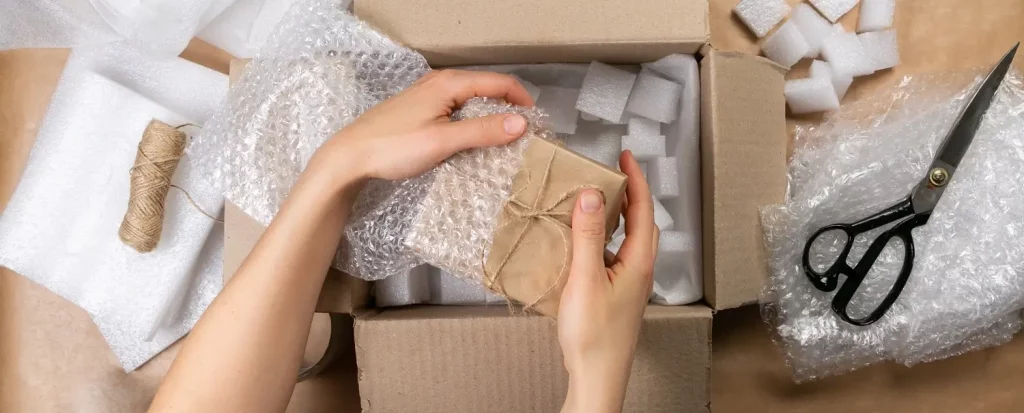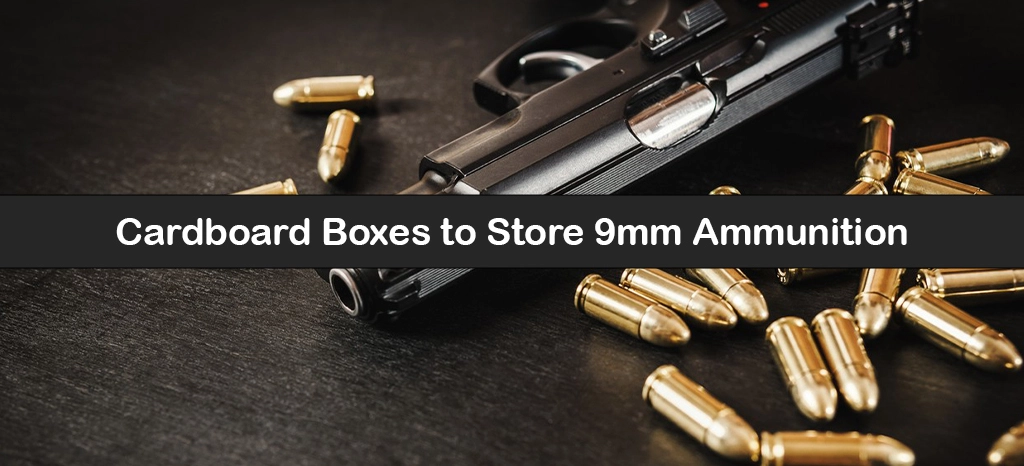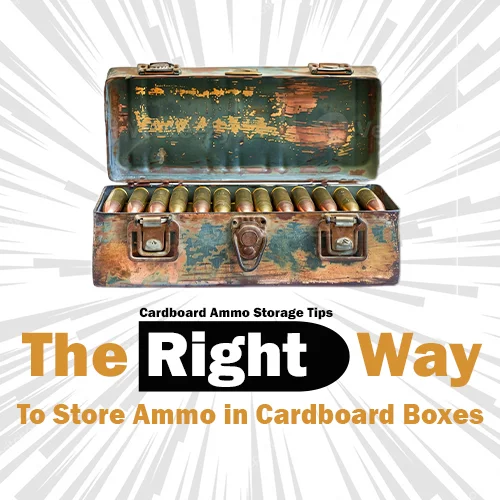If you want to sell your product in retail stores, you must understand how to package it so that it not only looks good but also fulfils industry requirements and protects the goods within. We’ll walk you through the process of creating eye-catching, functional, and cost-effective packaging for your goods.

Why Is Packaging Important for Your Retail Product?
Before we get started, let’s discuss why packing is so crucial. To begin with, packing protects your goods throughout transit, handling, and storage. Without suitable protection, your product may be harmed, reducing its quality and perhaps leading in stock loss, dissatisfied consumers, and lost income.
Another important role of packaging is to draw the attention of customers and express the value of your service. Attractive packaging may attract customers and enhance sales.
Furthermore, packaging may play an important role in establishing brand identification and loyalty. Customers can recognise your product and identify it with your brand if the packaging is well-designed and consistent. This can lead to repeat sales and great word-of-mouth referrals, eventually helping your business thrive.
Regulations and Requirements for Retail Packaging.
Certain standards and procedures must be followed when it comes to retail packaging to ensure compliance and safety. These might vary based on the sort of product you’re packaging, the market and region (for example, EU rules in Europe or FDA standards in the United States), and the particular restrictions issued by the government or industry organisations.
For example, certain labelling criteria must be met, such as stating the contents, net weight, ingredients, and nutritional information, as well as any cautions or cautionary comments. You must also select materials that are safe for food or cosmetic items, as well as adhere to safety guidelines for carrying dangerous or delicate goods.
Our 10-Step Recommendation for Packaging Retail Products.
- Choose packing materials that are long-lasting, environmentally friendly, and cost-effective.
- Create a design that is appealing to your target audience, including your business logo and a brief product description.
- Make sure your packaging is simple to carry, store, and show in a retail setting.
- Use packaging that shields your goods from damage during handling and shipment.
- To differentiate your items from the competition, consider adopting unique packaging.
- To communicate crucial information about your goods, use clear and succinct labelling.
- To guarantee that your packaging satisfies regulatory criteria and is safe for customers, test it.
- Consider providing alternative packing sizes to cater to varied client demands and preferences.
- To assist clients in making educated purchase decisions, promote your brand and product attributes on the package.
How to Test Retail Packaging to Ensure Compliance with Industry Standards.
Before you begin making and distributing your package, make sure it fits industry standards and laws, as well as your own quality requirements. Drop testing, durability tests, and other tests may be necessary to guarantee that your package can endure shipping, handling, and storage.
You’ll also want to make sure that your labelling is compliant with requirements and that your packaging is easy for people to read and understand. Finally, you may want to conduct surveys or focus groups with your target demographic to gain input on the design and functioning of your package.





